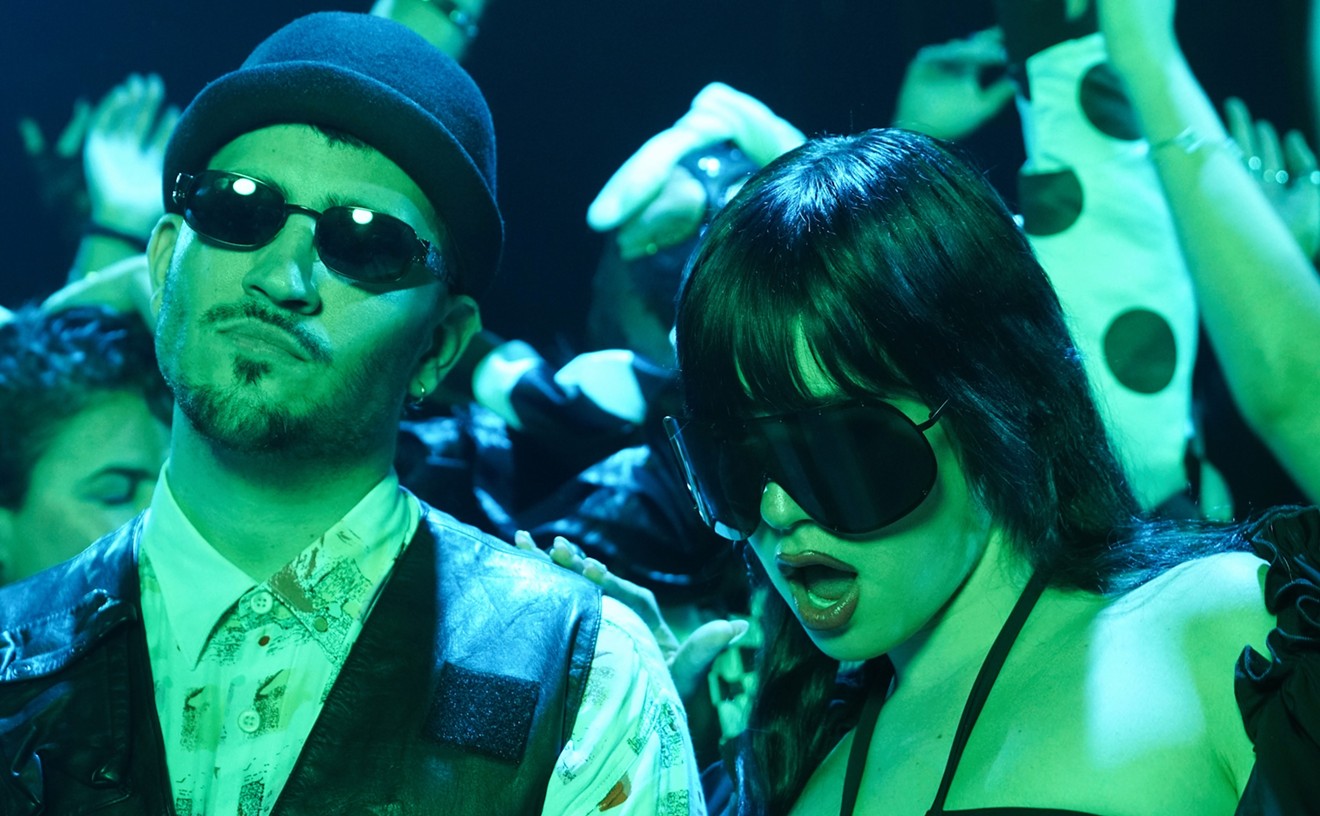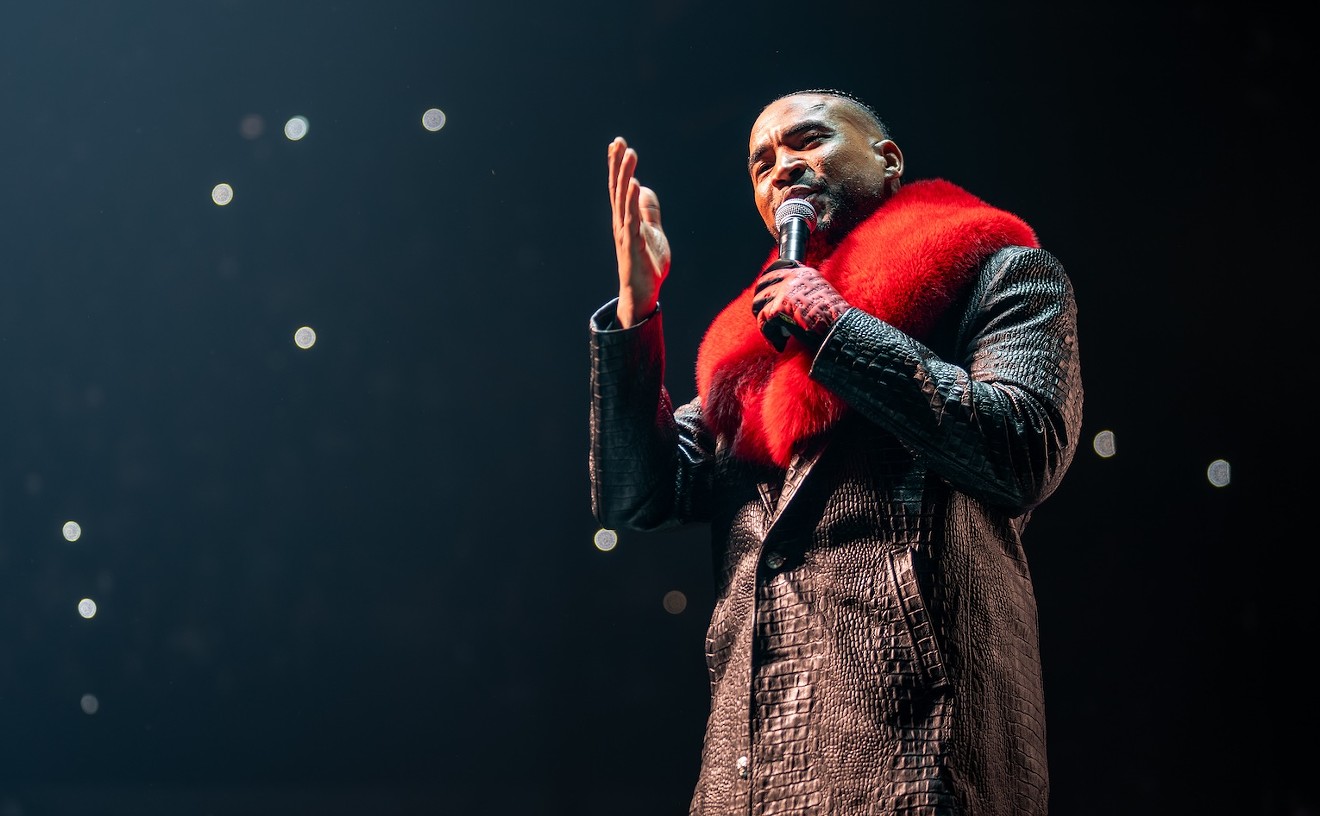On the eve of Tha Carter IV, Lil Wayne's first proper album since his release from Rikers Island, the international superstar is so inescapably ubiquitous that it's easy to forget the incredibly winding journey that Weezy, his flow, and the rest of hip-hop have been on since he made his initial mark on pop culture as a member of the Hot Boys.
Cash Money, the Hot Boys, and Postgangsta Rap. In the mid-'80s, Eazy-E, Dr. Dre, and the rest of N.W.A. built the prototype for gangsta rap: a rhyme crew with a black nationalist aesthetic and lyrical content that drew from the experiences and frustrations of life in a North American ghetto. When Dre split with Eazy and Ruthless Records, and joined forces with Tupac, Snoop Dogg, and Suge Knight's more explicitly thuggish Death Row Records, the move signaled the official birth of the gangsta.
On the East Coast, the style was emerging in the hyperdetailed crime narratives of the Notorious B.I.G. and the Wu-Tang crew. In 1997, the genre imploded with Biggie's murder. The assassination of East Coast hip-hop's leading MC brought a tragic balance to hip-hop's narrative that offset the similar killing of top West Coast rapper Tupac Shakur. Suddenly, the East vs. West beef detailed in interviews and on dis tracks — such as Pac's "Who Shot Ya?" — became too real.
While Nas and Jay-Z battled over Biggie's throne, hip-hop and the music industry readjusted its approach following the senseless murders of its biggest stars. Thug posturing, gangster motifs, drugs, women, and money remained central themes. But rap's protagonists became notably less violent, less threatening, less dangerous.
Initially floating on the solo success of Juvenile — whose distinct, numb-tongue drawl was yielding great commercial success in the singles "Back Dat Azz Up" and "Ha"— the Hot Boys followed the tried-and-true Wu-Tang reverse supergroup model. With Cash Money CEO Birdman as the young group's mentor and father figure, the Hot Boys established their brand — and forever changed the English language — with "Bling Bling."
The track epitomizes postgangsta hip-hop in the '90s. The instrumental is tinny and coldly digital, a far cry from the R&B and soul samples on which even Biggie and Pac had relied. And the lyrics are self-satisfied and dumb, in place of the grandiloquence of the aforementioned MCs.
Though young Weezy — fresh-faced and tattoo-free in the song's music video — is just a piece of the Hot Boys puzzle, his verse stands out. While Birdman's introduction plods along in uniform rhythm, Wayne slices and dices like a Top Chef, speeding up and slowing down his tempo and pausing to unleash what would become one of his signature moves: a smug, midsong chuckle.
Lil Wayne was laughing all the way to the bank. But that inevitability wasn't clear yet. While his solo debut, Tha Block Is Hot, rode all the way to gold on the Hot Boys' hype, Weezy's early success might have been a bit of beginner's luck. The three records he released from 2000 to 2004 — Lights Out, 500 Degreez, and Tha Carter — were all met with mediocre reviews.
Tha Carter II and the Mixtape Era. Not until 2005's Tha Carter II did Lil Wayne prove himself to be a formidable MC. Along with Juvenile's first record, the album is probably the most aesthetically successful application of the Cash Money sound. The instrumentals are once again icy, the beats simple, the subject matter pretty dumb.
But while Weezy exhibited the textbook thug bravado seemingly essential to every hip-hop persona, his boasting was strikingly avant-garde. "Money on My Mind" features an impressive slew of scatological puns and free-associative ramblings interspersed with a Neanderthal chorus-chant of "Fuck bitches/Get money."
Tha Carter II's smash-hit single, "Fireman," displayed a similarly experimental flow, self-acknowledged in the song's first verse: "And my chain/Toucan Sam that/Tropical colors/You can't match that/Gotta be abstract."
Weezy's knack for innovation made him one of the most recognizable stars in the world. After the second edition of Tha Carter, he embarked on an incredibly prolific period of incubation and self-development that resulted in literally hundreds of free tracks and mixtape installments, the most famous of which is Da Drought 3.
Recycling music is an original building block of rap music, and mixtape culture in particular is obsessed with the remix, but Da Drought 3 was an unofficial release that changed the genre forever. Wayne and his management embraced the digital free-for-all of the Internet age and realized that if they gave away enough quality music, fans would be more willing to pony up for the official record.
This period of his career interestingly predates the Internet-focused output of currently rising rap stars such as Lil B and Odd Future. Though the aforementioned West Coast Twitter-hoppers and dumb-not-dumb rappers like Gucci Mane might have developed their idiosyncratic approaches regardless of Weezy's output, Wayne still got there first.
Tha Carter III. Lil Wayne famously claimed to be the "Best Rapper Alive" on his previous album, but Tha Carter III was the proof. "Lollipop" marked his initial forays into Auto-Tune R&B. Meanwhile, "Mrs. Officer" was a more straightforward ballad, possessing some of his finest wordplay.
The mightiest of Tha Carter III's singles was the slab of scorched earth known as "A Milli." The album was recorded during arguably Wayne's most creative period, abounding with impressive language manipulation, and "A Milli" is the quintessential document representing his postmodern, relentlessly linear, porous-and-pliable flow.
At this point, he was everywhere. It's hard to find a major rap track from 2007 to 2009 that he didn't write, remix, or make a guest appearance on.
Rebirth? It was fun while it lasted. But the kind of market saturation that followed Tha Carter III simply isn't sustainable. And as the money continues to roll in, telling a guy like Weezy "No" or "Maybe that's not a good idea" must be difficult. Consequently, his followup to the mammoth, career-defining Carter III was the embarrassing emo-rock album Rebirth.
Sure, he continued to churn out a wealth of material via mixtapes — the incredible volume of which guaranteed some of it had to be good. But Rebirth marked the moment when the critics and the haters began to take shots at Wayne, questioning the greatness he had been widely proclaiming — and closely guarding — since Tha Carter II.
The period following Rebirth has been a curious limbo. Wayne spent most of 2010 locked up for gun possession and trying to maintain momentum by releasing the stop-gap record I Am Not a Human Being. But while Weezy the Great was in exile, his protégés — the Young Money stable featuring Drake and Nicki Minaj — were beginning to outshine the master.
For the past eight months, Weezy has been free and hustling hard to reclaim his legacy. The steady stream of postclink singles (including the vigorous "A Milli"-style bark of "6 Foot 7 Foot" and the dreadfully saccharine pop track "How to Live"), road-warrior-level touring, and, most important, the release of Tha Carter IV are all part of this reclamation campaign. So although his pop luster won't fade anytime soon, is Weezy still the best rapper alive?










